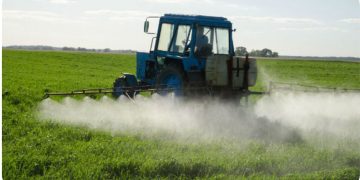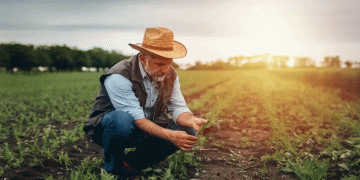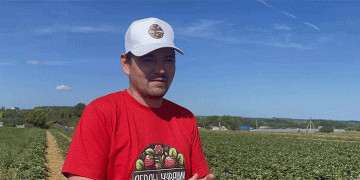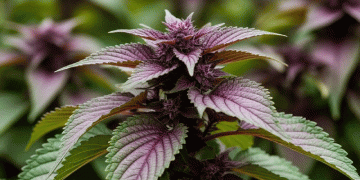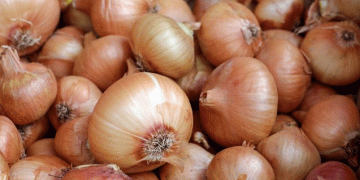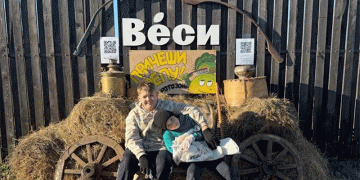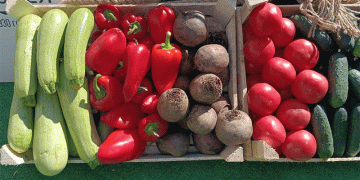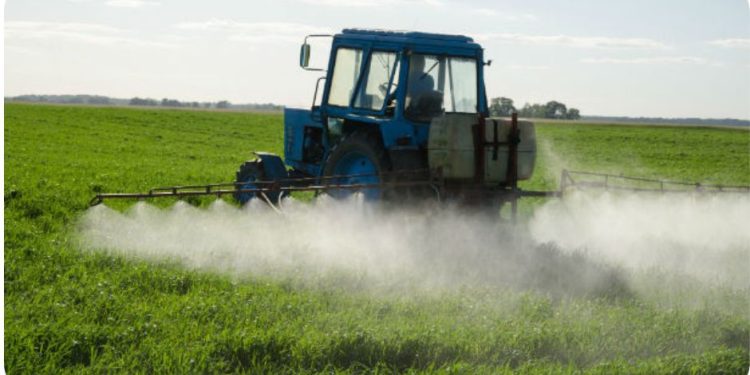Pickup trucks need occasional tuneups and oil changes, so it stands to reason that a boom sprayer needs a checkup at least once a year before it’s driven out of the barn and onto fields to spray for pests.
Sprayers should be calibrated to determine the actual rate at which they are applying pesticide, then adjustments can be made, said Erdal Ozkan, a professor and spray technology expert with the College of Food, Agricultural, and Environmental Sciences at The Ohio State University.
Applying too little pesticide might not sufficiently defeat a grower’s crawling and flying enemies, and applying too much wastes money, may damage the crop and increases the odds of contaminating ground water, Ozkan pointed out.
“What people don’t know is that sprayers sometimes aren’t spraying the amount that people think they are,” Ozkan said.
As a sprayer’s nozzles wear out, the rate of flow through them increases, so growers may be applying more pesticide than they need.
“That’s like throwing away $25 for every $100 a grower spends on pesticides. Depending on the cost of the pesticides, the number of acres sprayed and the frequency of application, the money wasted could be in the thousands,” Ozkan said.
This potential waste of money and pesticides can be avoided if sprayers are calibrated, he said.
Before calibrating a boom sprayer, find out if all the nozzles are in good shape and free of any debris or dust. If they are clogged, clean them using a soft brush or wooden toothpick — not a knife or other sharp object. Then, fill the sprayer with water, turn the pump on and check the flow rate of each nozzle, at the desired pressure. Compare the output of each nozzle with the output expected when the nozzle is new at that same pressure. If the difference between the two is less than or greater than 10 percent of the new nozzle output, that nozzle needs to be replaced.
Once all the nozzles have been checked and cleaned or replaced, the sprayer is ready to be calibrated to ensure that it applies the desired amount of pesticide.
Calibrating a boom sprayer is not as difficult as it sounds. Though several methods can be used, Ozkan recommends the following one that he considers to be easier and more practical than most methods:
- Fill the sprayer tank at least half full with water.
- Run the sprayer, inspect it for leaks and make sure all vital parts function properly.
- Measure the distance in inches between the nozzles.
- Measure an appropriate travel distance in the field based on this nozzle spacing. The appropriate distances for different nozzle spacings are as follows: 408 feet for a 10-inch spacing; 272 feet for a 15-inch spacing; 204 feet for a 20-inch spacing; 136 feet for a 30-inch spacing; and 102 feet for a 40-inch spacing.
- Drive through the measured distance in the field at your normal spraying speed and record the travel time in seconds. Repeat this procedure and average the two time measurements.
- With the sprayer parked, run the sprayer at the same pressure level and catch the output from each nozzle in a measuring jar for the travel time required in step 5.
- Calculate the average nozzle output by adding the individual outputs and then dividing by the number of nozzles tested. The final average nozzle output in ounces is equal to the application rate in gallons per acre. For example, if you catch an average of 15 ounces from a set of nozzles, the actual application rate of the sprayer is 15 gallons per acre.
- Compare the actual application rate with the recommended or intended rate. If the actual rate is more than 5 percent higher or lower than the recommended or intended rate, you must make adjustments in the spray pressure, the travel speed or both. For example, to increase the flow rate, you will need to either slow down or increase the spray pressure. The opposite is true when you need to reduce application rate. As you make these changes, stay within proper and safe operating conditions for the sprayer. Remember, increased pressure will result in increasing the number of small, drift-prone droplets.
- Repeat steps 5-8 above until the actual application rate is within a 5 percent difference of the intended rate.
Calibrating a sprayer only once at the beginning of the spraying season is not enough to obtain an accurate application rate that is within 5 percent of the desired application rate. The sprayer should be calibrated whenever a grower goes from one field to another that has different soil conditions and/or topography.
For safety reasons, sprayers should be calibrated using clean water only. Always use protective clothing, gloves and goggles when calibrating sprayers and applying pesticides.
Some may argue that calibration is not needed if the sprayer has an automatic rate controller, which will give the set application rate regardless of changes in the travel speed. That is true only if the electronics in the rate controller are functioning properly, Ozkan pointed out.
The controller determines the speed using a radar gun, rather than measuring the revolutions per minute of the wheel. The rotation speed of a wheel will change depending on the condition of the soil. When the soil is loose or the ground is wet, the wheels can slip, which could lead to an inaccurate measure of the rate at which pesticides are being applied.
For more information about calibrating a sprayer, visit www.go.osu.edu/calibrateyoursprayer.
— Alayna DeMartini, The Ohio State University
